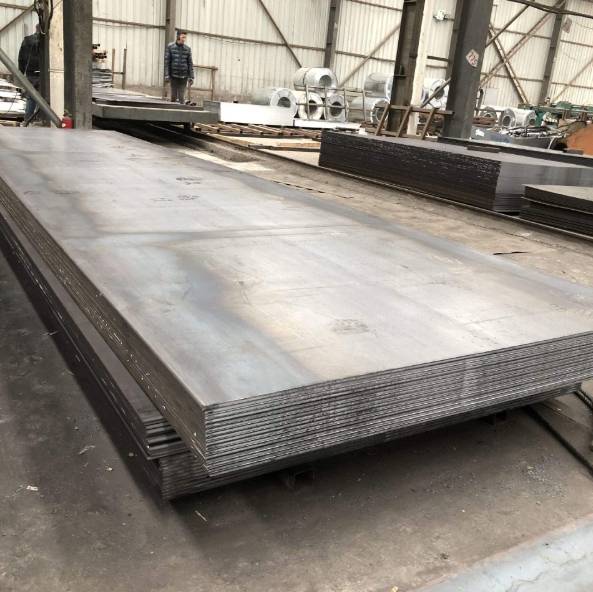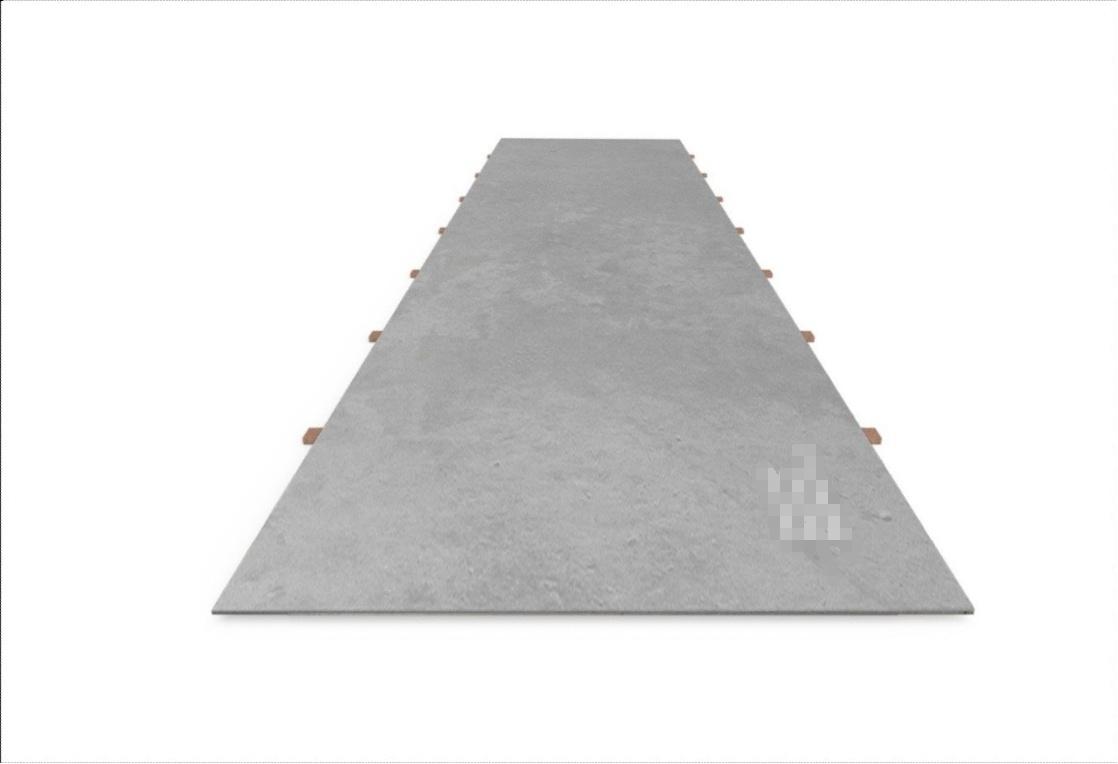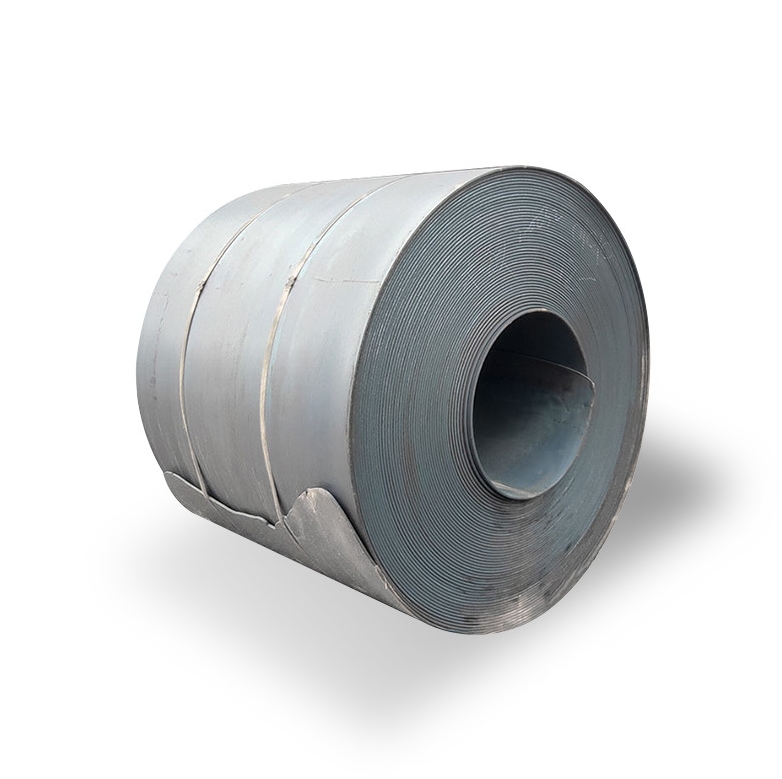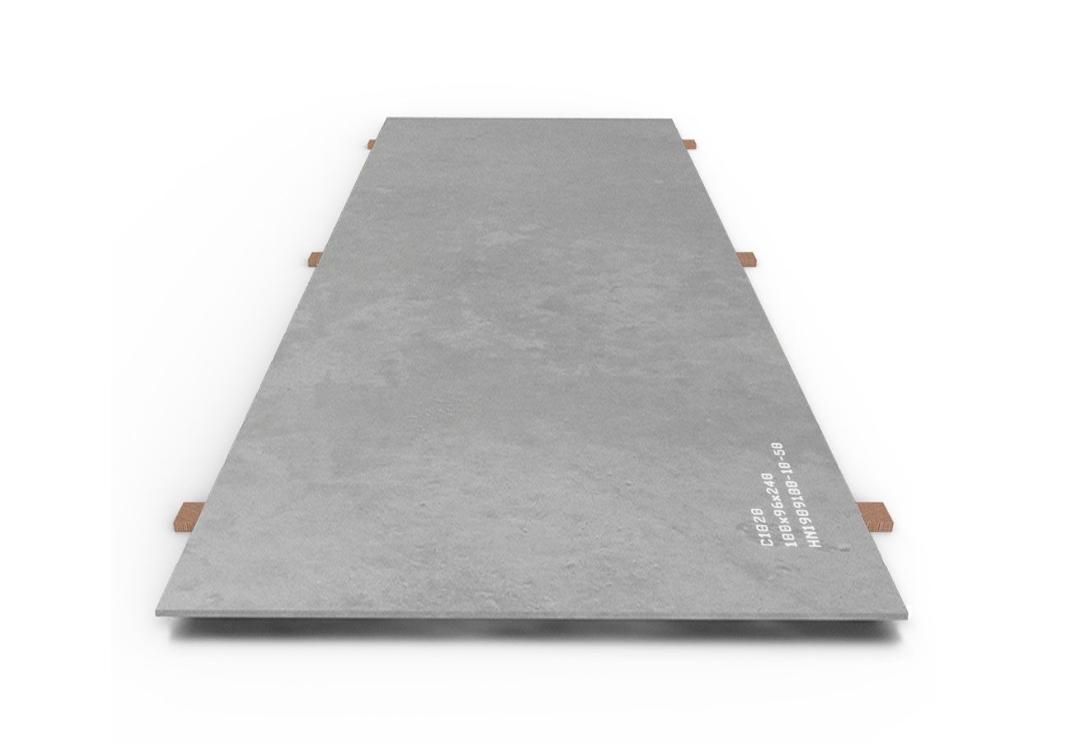The landscape of the steel industry is evolving rapidly, driven by environmental concerns and technological advancements. One of the most talked-about topics is the low-carbon steel price and its future trajectory. As global demand shifts and new regulations emerge, understanding the market trends for low-carbon steel in 2025 becomes crucial for manufacturers, investors, and policymakers alike.
This article dives deep into the factors influencing low-carbon steel price, compares different steel types, and offers practical guidance on navigating this changing market. Whether you’re a buyer or a seller, this comprehensive analysis will help you stay ahead.
1. What Is Low-Carbon Steel and Why Does Its Price Matter?
Understanding Low-Carbon Steel
Low-carbon steel is a type of steel with a carbon content typically below 0.3%. It’s prized for its malleability, weldability, and environmental benefits. As industries aim to reduce carbon footprints, low-carbon steel price has become a key indicator of sustainable manufacturing costs.
The Significance of Price Trends
Monitoring low-carbon steel price helps stakeholders plan investments, budget for projects, and assess competitiveness. Fluctuations can be influenced by raw material costs, production technology, and environmental policies.
Related Keywords: sustainable steel, green steel market, carbon emission reduction
Transition: Now, let’s explore the key factors affecting low-carbon steel price in 2025.
2. Factors Influencing the 2025 Market Trends for Low-Carbon Steel
Environmental Regulations and Policies
Governments worldwide are tightening emission standards. For instance, the EU’s Green Deal aims to cut industrial emissions significantly. These policies raise production costs but also increase demand for low-carbon alternatives, impacting low-carbon steel price.
Raw Material Costs
The cost of iron ore and alloying elements directly affects steel prices. As renewable energy sources become more prevalent, the energy costs for producing low-carbon steel are decreasing, potentially stabilizing or reducing low-carbon steel price.
Technological Advancements
Innovations like hydrogen-based steelmaking are promising. They reduce emissions and could lower production costs, influencing low-carbon steel price downward in 2025.
Market Demand and Supply Dynamics
Growing demand from automotive, construction, and renewable energy sectors boosts prices. Conversely, oversupply or technological disruptions may cause fluctuations.
Real Data Reference: According to the World Steel Association, global steel demand is projected to grow by 3.8% in 2025, influencing low-carbon steel price (Source: World Steel Association, 2023).
Transition: To better understand these influences, let’s compare low-carbon steel with traditional steel types.
3. Comparing Low-Carbon Steel and Traditional Steel: A Side-by-Side Analysis
| Feature | Low-Carbon Steel | Traditional Steel |
|---|---|---|
| Carbon Content | Less than 0.3% | Typically 0.3%-2.0% |
| Environmental Impact | Lower emissions, eco-friendly | Higher emissions |
| Cost of Production | Slightly higher due to eco-tech | Usually lower, established process |
| Mechanical Properties | Good weldability, moderate strength | Varies, often higher strength |
| Market Demand | Growing in sustainable sectors | Mature, broad applications |
Table 1: Comparative overview of low-carbon vs traditional steel.
This table highlights how low-carbon steel is gaining traction, potentially affecting low-carbon steel price as demand increases.
4. How to Navigate the 2025 Low-Carbon Steel Market: Step-by-Step Guide
Step 1: Monitor Policy Changes
Stay updated on regulations like emission standards and carbon taxes. These directly influence low-carbon steel price.
Step 2: Analyze Raw Material Trends
Keep track of iron ore and energy costs, as they impact production expenses.
Step 3: Invest in Technology
Adopt or partner with suppliers utilizing hydrogen-based or electric arc furnace methods to reduce costs and influence low-carbon steel price.
Step 4: Diversify Supply Chains
Avoid reliance on a single source; diversify to mitigate risks related to price fluctuations.
Step 5: Engage with Reliable Suppliers
Work with companies like Shanxi Luokaiwei Steel Company, known for quality low-carbon steel and competitive pricing.
5. Common Pitfalls and Warnings
⚠️ Note: Many buyers overlook the impact of environmental regulations, leading to unexpected cost increases. Always factor in potential policy shifts.
⚠️ Additional Warning: Relying solely on historical data can mislead; market dynamics are changing fast, especially with technological breakthroughs.
⚠️ Tip: Don’t ignore the importance of supplier credibility. Choosing reputable partners ensures consistent quality and fair low-carbon steel price.
6. Future Outlook for Low-Carbon Steel Price in 2025
Based on current trends, low-carbon steel price is expected to stabilize or slightly decrease due to technological innovations and renewable energy integration. However, geopolitical factors and supply chain disruptions could introduce volatility.
Real Data Reference: The International Energy Agency predicts hydrogen-based steelmaking could cut production costs by up to 20% by 2025, influencing low-carbon steel price (Source: IEA, 2023).
Transition: To capitalize on these trends, stakeholders should prepare proactively.
7. Why Choose Shanxi Luokaiwei Steel Company?
At Shanxi Luokaiwei Steel Company, we specialize in providing high-quality low-carbon steel at competitive prices. Our advantages include:
- Advanced eco-friendly manufacturing processes.
- Strict quality control ensuring consistent low-carbon steel price.
- Customizable products tailored to client needs.
- Reliable supply chain management.
- Dedicated customer support and technical assistance.
Partnering with us means you get not only top-tier steel but also peace of mind in a volatile market.
Final Tips and Practical Checklist
How to Prepare for 2025 Market Changes
- Stay informed about global and local environmental policies.
- Track raw material prices regularly.
- Invest in or collaborate on green steel technology.
- Diversify your supply sources.
- Maintain strong relationships with reputable suppliers like Shanxi Luokaiwei Steel.
- Conduct periodic market analysis.
- Prepare contingency plans for price fluctuations.
- Educate your team on sustainable steel trends.
- Use data-driven decision-making.
- Schedule regular review meetings for market updates.
Conclusion
The low-carbon steel price in 2025 will be shaped by a complex mix of policies, technological progress, and market demand. While prices may stabilize or decrease due to innovations, uncertainties remain.
By understanding these factors and following strategic steps, you can position your business advantageously. Remember, partnering with trusted suppliers like Shanxi Luokaiwei Steel Company can make all the difference in navigating this evolving landscape.
Stay proactive, stay informed, and harness the opportunities that the green steel revolution offers. Feel free to contact us for tailored solutions and competitive low-carbon steel prices!
Ready to secure reliable low-carbon steel at the best price? Contact Shanxi Luokaiwei Steel Company today for expert advice and quality products!









